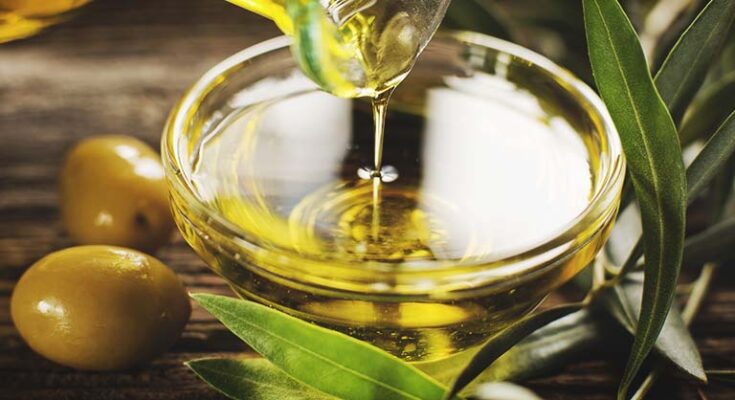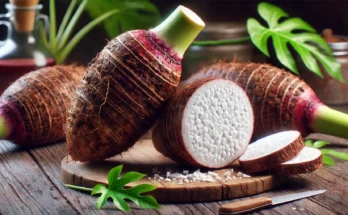Olive oil is a staple in kitchens worldwide, revered not only for its rich flavor but also for its health benefits. While high-quality olive oil can often be expensive, many people don’t realize that it’s possible to make your own olive oil at home. The process might seem daunting at first, but with a bit of patience and the right tools, making olive oil in your own kitchen can be a rewarding and fulfilling experience. Here’s how to do it.
Why Make Olive Oil at Home?
Making olive oil at home offers several advantages:
- Freshness: Homemade olive oil is incredibly fresh, which enhances its flavor and nutritional benefits.
- Purity: You can ensure that your olive oil is free from additives or preservatives, unlike many store-bought brands.
- Customization: You can experiment with different types of olives to create unique blends and flavors.
- Satisfaction: The process of turning olives into oil is a hands-on activity that brings you closer to your food, connecting you to centuries of tradition.
While large-scale olive oil production requires specialized equipment, the process can be scaled down to be manageable at home. Here’s how to do it.
Step 1: Choose Your Olives
The first step in making olive oil at home is to choose the right olives. Ideally, you’ll want to select fresh, ripe olives, preferably from your own olive tree or a trusted supplier. The quality of the olives directly impacts the quality of the oil, so choose olives that are firm, blemish-free, and have a deep, rich color. The two main types of olives used for oil production are green olives (unripe) and black olives (ripe), and the choice will depend on the flavor profile you’re aiming for.
- Green olives: These typically result in a more bitter, peppery oil.
- Black olives: These tend to produce a milder, smoother oil.
Step 2: Prepare the Olives
Before you begin extracting the oil, you’ll need to prepare the olives:
- Wash the olives: Rinse them thoroughly to remove dirt or chemicals.
- Crack the olives: Using a rolling pin or a specialized olive crusher, crack the olives gently. This will make it easier to extract the oil.
- Remove the pits: You can use a hand-held pit remover or simply crush the olives enough to remove the pits. Pitting is not strictly necessary for home oil-making, but it will result in cleaner oil.
Step 3: Grinding the Olives into Paste
Once the olives are prepared, the next step is to turn them into a paste. This is the stage where traditional olive oil production meets modern simplicity. You have two options here:
- Manual method: Using a mortar and pestle, grind the olives into a thick paste. This method is time-consuming but can be satisfying for those seeking an authentic experience.
- Electric method: For a more efficient process, you can use a food processor or a small blender. Pulse the olives until you have a smooth paste. The paste should be thick but not chunky, allowing the oil to be extracted easily.
Step 4: Extracting the Oil
This is the trickiest part of the process. In commercial production, olives are pressed using hydraulic presses or centrifuges to separate the oil from the paste. At home, however, there are simpler methods available.
- Manual Press: If you have access to a small manual press, this is the most effective way to extract oil. Place the paste into a cloth bag or cheesecloth, and press it to release the oil. This method mimics the traditional “cold-press” method, where the oil is extracted without heat, preserving its flavor and nutritional properties.
- Using a Cheesecloth: If you don’t have a press, you can also place the olive paste in a cheesecloth, then twist the cloth tightly to extract the oil. This process may take a bit of time, and you’ll need to apply some force to squeeze out the oil. You can repeat this step to extract as much oil as possible.
- Using a Juicer: Some people use a juice extractor or a masticating juicer to extract oil from the paste. This is a quick and convenient option, though it may not produce the same quality as a traditional press.
Once the oil is extracted, you’ll have a raw form of olive oil, which will be cloudy and contain a small amount of pulp.
Step 5: Filtering the Oil
To ensure that your olive oil is smooth and clear, you’ll need to filter it. You can use a fine-mesh strainer or cheesecloth to remove any remaining pulp or solid particles. This step is optional but highly recommended, especially if you plan to store the oil for any length of time.
- How to filter: Place the filter or cloth over a bowl and slowly pour the raw oil through it. Let gravity do its work. You may want to repeat this process a couple of times to ensure maximum clarity.
Step 6: Storing the Oil
After filtering, your olive oil is ready to be stored. Homemade olive oil should be kept in a cool, dark place, away from direct sunlight, as light and heat can degrade the oil. Ideally, you should store the oil in a glass container with a tight-fitting lid to preserve its flavor and health benefits. Olive oil is best consumed within a few weeks of production for maximum freshness, although it can last up to a few months if stored properly.
Tips for the Best Homemade Olive Oil
- Use fresh olives: The fresher the olives, the better your oil will taste. Olives that have been stored for a while may lose their flavor.
- Work in small batches: Home olive oil production is a labor-intensive process. Make small batches, so you can enjoy fresh oil while it lasts.
- Cold pressing: If you want to preserve the full nutritional value and flavor of your olive oil, ensure that you don’t apply any heat during the extraction process.
- Experiment with flavors: You can infuse your olive oil with herbs like rosemary, garlic, or chili for a unique twist.



